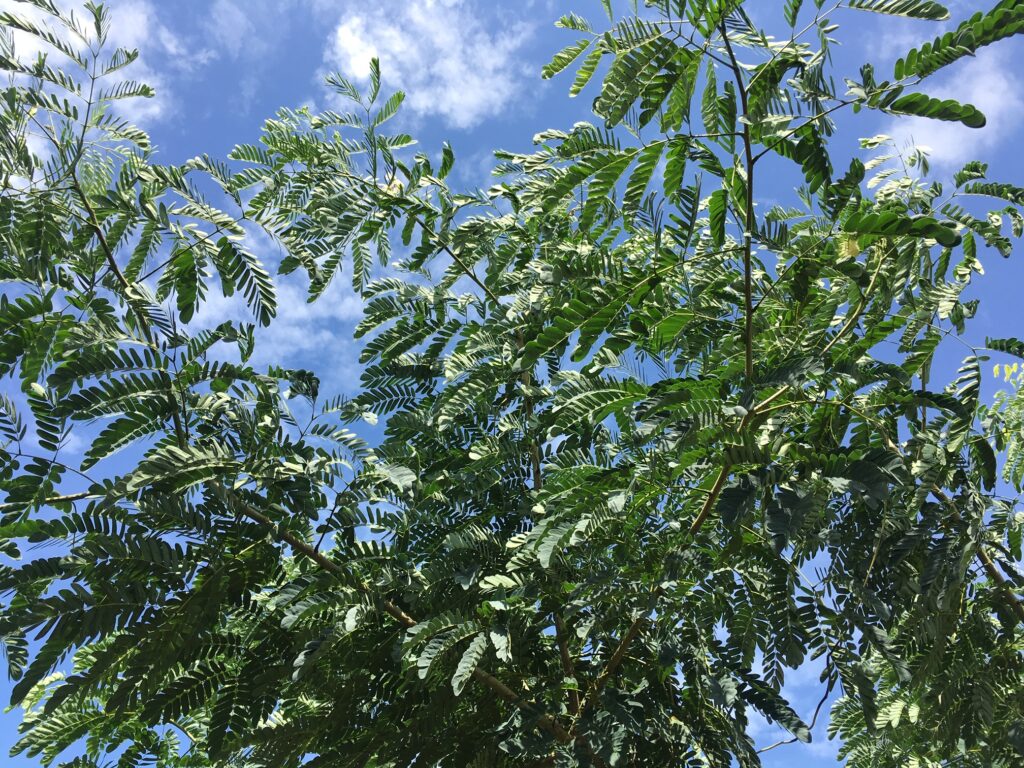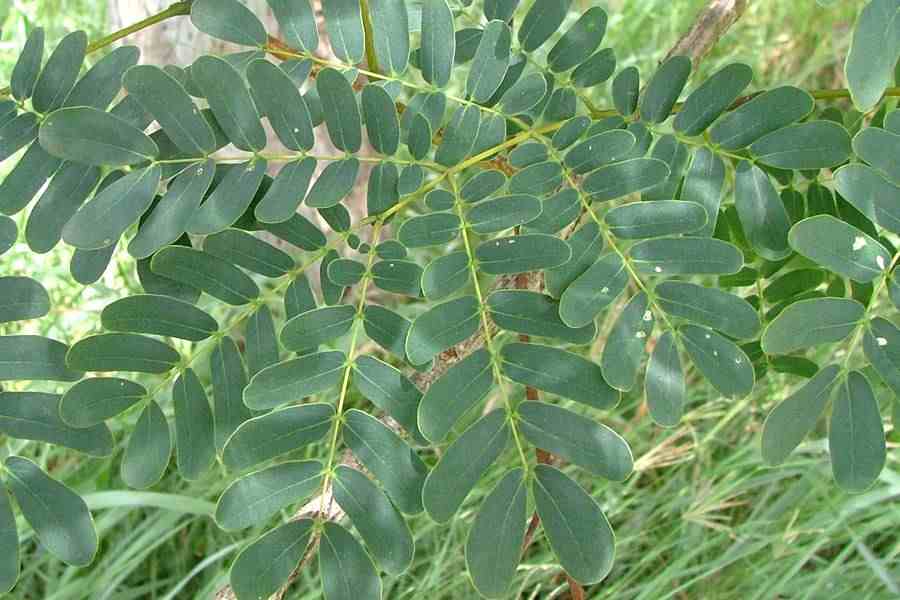


It is a deciduous, perennial tree growing to a height of 18-30m tall with a trunk of 50cm to 1cm in diameter.
LEAVES: The leaves are bipinnate with one to four pairs of pinnae, each pinna having 6-18 leaflets,
FLOWERS: The flowers are white with numerous stamens and very fragrant.
FRUITS: It has a reddish-brown pod containing six to twelve seeds. The fruits can probably yield 10 barrels of ethanol ethanol per hectare per year.
BARK: It is rough, greyish in colour, flaky and its inner bark is reddish in colour.
1. It is used for environmental management, shade tree for coffee and cocoa plantations, forage, medicine and to produce timber and fuel wood.
2. It is an astringent which is also used by some cultures to treat boils, cough, flu, lung and pectoral problems.
3. The bark is medicinally used to treat inflammation.
4. The leaves and seeds are used medicinally to treat ophthalmia and other eye problems. 5. It can help to fix nitrogen in the soil.
6. The trunk yields a reddish gum that is used as an adulterant of gum Arabic.
7. The bark contains 7-10% tannin and it is used locally for tanning fishing nets, when dried and pounded, the bark can be used for soap.
8. The bark is used as a fish poison and the red dye obtained from the bark causes skin irritation.
9. It has nitrogen rich leaves that can be used as mulch and green manure.
10. It has an extensive, fairly shallow root system which can serve as a good soil binder and may be used to prevent soil erosion.
©Copyright 2023 Tech4Forest Team